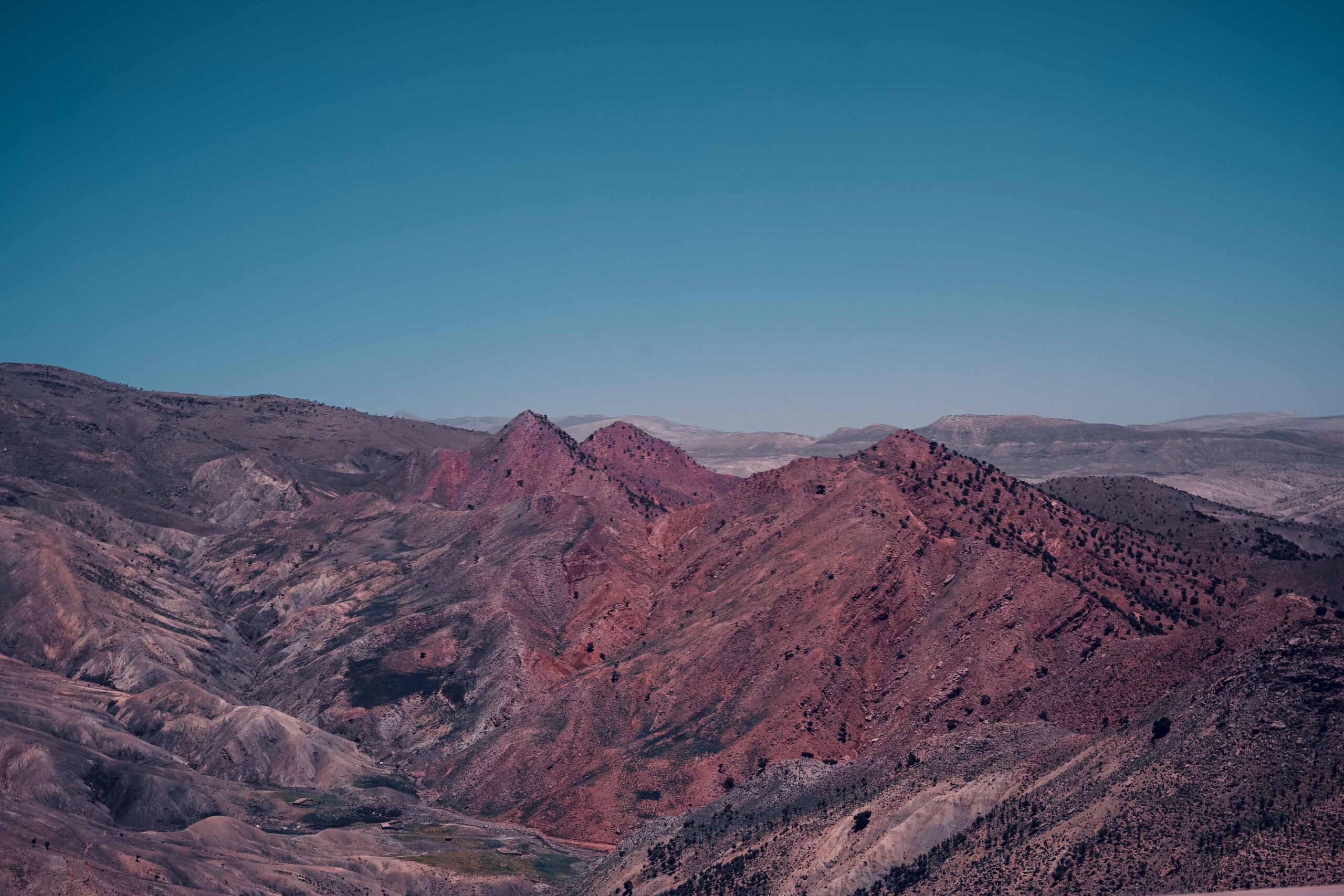Most Popular Landscaping Materials
Hard landscaping material, as used in architectural and landscape design, refers to the building materials that a designer or architect uses to create his landscape design. It’s crucial to build from the ground up when landscaping. Making the appropriate decisions will be helped by knowing the materials at your fingertips. You can anticipate using a wide range of materials because different parts of your yard will require other things.
You will come across five typical landscaping materials: soil, compost, mulch, sand/gravel, and decorative stone (and use). You will discover the unique advantages of each of these components and when to use them in this post.
Top 6 Common Materials Used In Landscaping
1. Soil
Without soil, no gardening effort is complete. It would be great if you had a lot of this material because it is essential to most landscaping projects and crucial in developing robust, lush plants. Large amounts of dirt are frequently needed for a project’s many different purposes. The soil is ideal for various tasks, given its enormous versatility. Among the numerous uses for soil are planting beds, garden beds, vegetable patches, hole filling, maintaining slopes, mending gardens, and reseeding lawns. Additional soil will likely need to be hauled in for every new project. It is required to supply both new elements (like raised beds) and to replenish the existing soil on the site. The conditions can be improved by adding new soil (and fertilizer) if the existing soil lacks the nutrients necessary for a healthy lawn or garden.
2. Compost
Compost blended with soil is necessary for a yard full of flourishing flowers, gardens, and trees. Every time you plant, it’s a good idea to add some compost because it’s a potent addition to gardens. Simply adding compost to the soil improves its ability to support plant life by reintroducing organic matter to the earth. The soil’s composition is enhanced through this process, making it perfect for any landscaping project, including plants. Utilizing compost enhances soil health, increases plant growth, and improves drainage.
3. Rock
Rock that has been crushed, which comes in various hues and sizes, is another popular hard material used for landscaping. Rock from a crushed volcano is the most popular option. Its scarlet hue gives the surrounding area a rustic appearance. The various rock fragments include sandstone, gravel, limestone, and quartz. Crushed rock has a very adaptable character, requires little upkeep, and is reasonably priced. Crushed rock is frequently used for walkways, drainage systems, and driveways.
4. Mulch
Mulch has more uses than just decoration. It’s essential to maintaining plants’ health and gardens’ success. Mulch is a crucial component of landscaping since it serves as a ground cover and has several other advantages. By giving plants an excellent ground cover, like mulch, they are shielded from extreme heat and weeds that are aggressive. Mulch is excellent at maintaining moisture and keeping the soil cool by soaking part of the heat from the sun. The mulch will keep the dormant plants warm over the winter, when the sun is less powerful, and help them endure the harsh weather. These characteristics work together to provide the best environment for plant growth. Mulch decomposition releases nutrients into the soil, improving soil health overall.
5. Stone
Decorative stones are no longer limited to hot climes where grass cannot flourish. No matter where you live, decorative stones are a minimal-care landscaping option that has long been an excellent option for low-water gardening. Decorative stones require the same maintenance as gravel and must be replaced after bad weather. However, it is best to occasionally churn the stones and give them a thorough rinse down. Any accumulated dust and filth are washed away as a result. The fact that stones prevent weeds from growing is another advantage of employing them in your landscape. In actuality, stones choke weeds even more effectively than mulch!
6. Gravel And Sand
Brick and stonework both require sand and gravel as fill. In comparison to pure concrete, it also provides better water drainage! Gravel can handle the weight of large vehicles and heavy tools, making it sturdy and solid enough to be used as parking spaces. Even gravel can suffer damage from winter and bad weather. To keep a uniform appearance, new quantities of gravel will be required when bare places occur. This is why you should always obtain additional gravel whenever you purchase it. You will be grateful to yourself later! Getting gravel in the same color and size from one year to the next might take a lot of work.
Conclusion
Since there are so many types of hard landscape materials available, selecting the one that best meets your needs can take time and effort. Choose a material that complements the location, the local plants, the other landscaping materials used, and the overall garden theme.




